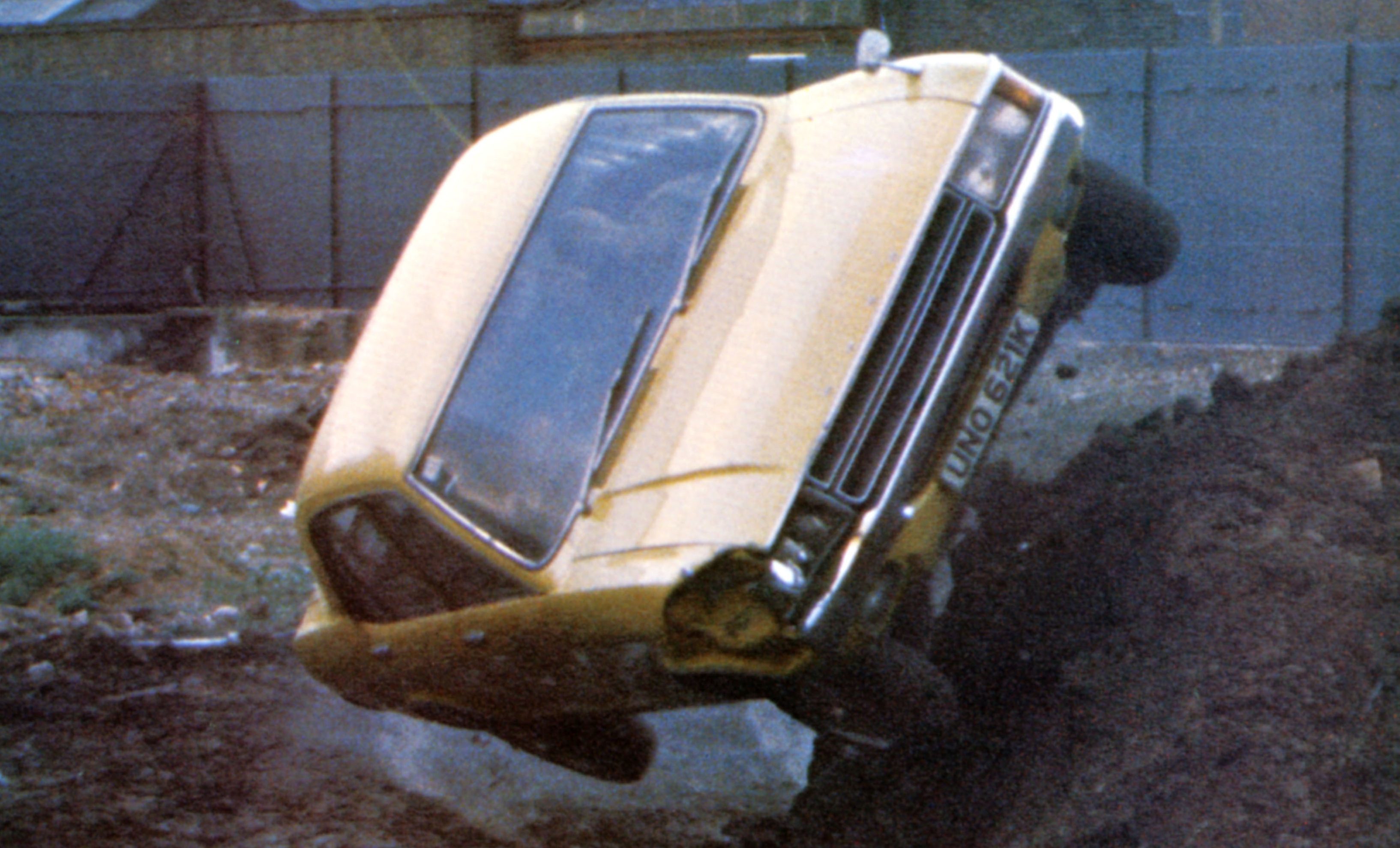
I’VE recently had some bad news about one of my all-time idols.
A Hollywood star, the inspiration for classic rock songs, a cultural giant of the 20th Century. Not dead yet, but the prognosis isn’t good.
I’m talking about the internal combustion engine.
The Government’s announcement that it will ban the sale of petrol and diesel cars from 2040 signals the end of an icon, one of the great loves of my life, something which shaped me and the way I live. I am not alone.
In the future, cars will be powered by electricity. But will they achieve the same iconic status as their 20th Century petrol-burning ancestors? Will they captivate a generation of young men, influence the way we behave? I think not.
Cars were the stars of the TV and films of my childhood and they inspired the games I played.
From Starsky and Hutch’s Gran Torino to Bodie and Doyle’s Capri, I re-enacted the chases with Dinky cars on my bedroom floor, wearing out the carpet in the process.
I did the noises too, roaring engines, screeching tyres and yes, transmission whine and creaking doors. These were 1970s cars, after all.
The car has been with us for about 130 years, but it wasn’t until the 1960s that it took a hold on popular culture.
It was the development of smaller movie cameras that turned it from a prop in a film, to increasingly, the star.
The first truly great car chase film came in 1968, in “Bullitt” with a legendary duel between Steve McQueen’s Ford Mustang, and the baddies’ Dodge Charger. One of the most striking things about that chase is the soundtrack.
The music fades as it begins, instead allowing the cars’ engines to deliver a snarling symphony of raw V8 power, audible gear changes and popping exhausts.
The closest thing we had to this was The Sweeney. John Thaw and Denis Waterman blasted around disused docks in a 3-litre Ford Consul.
Appearing in that ultimate 70s colour, brown, it was the perfect match for the characters’ flared trousers, sideburns and casual sexism. If this car was a man, ladies, it would whistle as you passed.
Those films informed – or perhaps, misinformed – my early adult life. Because like lots of young men, I bought into the idea that having a cool car would impress girls.
As Bullitt, Steve McQueen had no small talk, but he had a Mustang and therefore, it seemed, Jacqueline Bisset.
It took me a long time to realise that while women find a man with a car occasionally useful, they care not what sort it is. Or how fast it goes.
Dreaming about cars, saving up for cars, buying cars. Way too much of my early adulthood was spent scrimping in order to feed my car habit.
As a young reporter, I remember my boss expressing concern after seeing my jammy sandwich lunch. I explained I was a bit hard up having just bought a car; a VW Golf made to look like the more expensive GTI variant.
But I wasn’t unusual. Ask any 22-year-old living in a backwater town in Dumfrieshire, Moray, Aberdeenshire.
Having a car is everything. Modified bodywork, lowered suspension, blue under-lighting, there’s a whole subculture out there helping young men to express themselves. The car-chase films I grew up watching were positively plot-heavy compared with today’s multiplex fodder.
The Fast And The Furious, a film largely about driving fast cars very fast, was so successful they made the same film again as a sequel. And again and again, seven times to date.
We will still drive cars, just not petrol or diesel ones. We’ve torn up too many miles of railway track and built too many out-of-town shopping centres to turn back that clock. And where we work has changed too.
Factories – or their modern equivalents, call centres and distribution hubs – are no longer surrounded by the homes of those who toil in them, forcing us to commute.
And you can forget any great second age of the train. Plus we’ve become too fond of personal transport as well.
Electric cars do, of course, crop up in science fiction films as a way of showing us how different the future is going to be.
There’s a YouTube film comparing the noise made by a battery-powered Nissan Leaf with the ludicrous looking electric cars in Woody Alan’s film “Sleeper.” It’s spot on. There will be fast electric cars. Tesla, the Amercian electric car manufacturer, builds the world’s fastest accelerating car. 0-60mph in 2.28 seconds.
A slightly more humble Tesla has just been launched with the firm expecting to build 500,000 models a year.
But here’s the thing. I’ve been looking at pictures of the interior of this new car. All the information you need is shown on one screen. No dials. Very few buttons.
It’s the automotive equivalent of an iPhone – and as androgynous as one too. And it doesn’t make a noise. Not the stuff of teenage dreams.
I eventually got the message. For success with women, you need your own place.
Fortunately, I’d worked that out by the time I met my future wife. An exceptional woman in many ways, she drove an Alfa Romeo coupe…

Enjoy the convenience of having The Sunday Post delivered as a digital ePaper straight to your smartphone, tablet or computer.
Subscribe for only £5.49 a month and enjoy all the benefits of the printed paper as a digital replica.
Subscribe